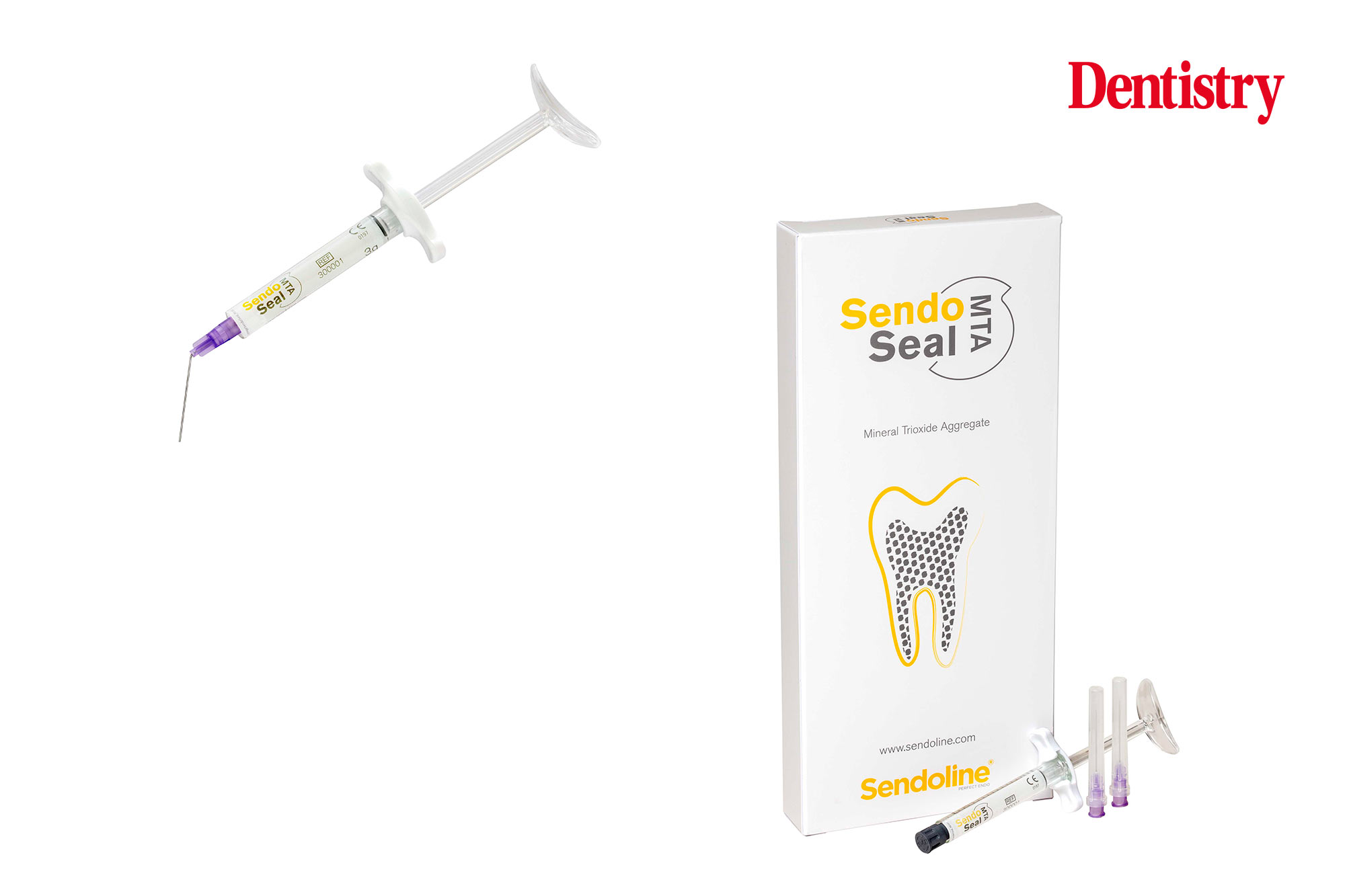
Endodontist Dr Ammar Al Hourani discusses the benefits of Sendoseal and how it has transformed his way of working.
Please introduce yourself
My name is Dr Ammar Al Hourani, I am a specialist in endodontics and previously an honorary consultant in endodontics at Peninsula Dental School.
I graduated from Glasgow Dental School in 2009 and completed my specialist training in endodontics at Liverpool Dental School in 2019. I currently work in and around London since moving down here with my family three years ago.
My week is split between clinical practice and teaching, which I do with HEE and privately with ‘The Endo Guys’, which is a teaching platform I created during lockdown which I really enjoy working on.
What is important to you when choosing an endodontic sealer?
For me it’s a number of variables but the most important ones is the ease of handling. It has to be easy to apply within the root canal system and not require any additional equipment, as well as ease of GP placement.
It needs to be not too thick and not too runny, somewhere in the middle to allow ease of placement and GP manipulation, otherwise if its tooth thick it may prevent the GP going to length.
It needs to have a high ratio of bioactive material otherwise it may not do what it’s meant to do. Another factor is that is doesn’t cause discolouration, this is especially important in anterior teeth.
Finally, it needs to be economical, I can get to use it on a fair number of cases and its cost effective. I do around 800 + cases per year, so it needs to be fairly priced for my principles.
What encouraged you to try Sendoseal MTA?
I have been working with Sendoline with a few projects recently and when they released the sealer I really wanted to try it out and see how it fared compared to what I’m using at the moment.
It’s a company with a very good reputation so I wanted to try it and see how it handled in clinical practice.
What are your experiences so far? Would you describe it as a material that is easy to use?
I’ve used the sealer on a number of cases and I am impressed with it. It is easy to handle and it comes with pre-packed fine tips that allow easy application of the material into the root canal system.
With regards to its handling, it is thicker than other sealers on the market which means you may need a smaller taper GP to help the sealer seat well. It is radiopaque and shows up very well on the post operative PA and on par with the other sealers on the market.
The grey colour of the sealer may put off some dentists. However, having used it at a sealer on a handful of cases on upper anterior teeth I haven’t had any discolouration or any patients complaining of post treatment discolouration. I think as a slealer it performs very well and I have full confidence in using it.
Was the switch from your previous sealer material to Sendoseal MTA straight forward? Did you have to update your technique at all to incorporate Sendoseal MTA?
As I mentioned the sealer is thicker than previous bioceramic sealers I have used. I would be careful to fill the whole canal with this sealer as there is a likelihood it may push you out with a matching GP point that correlates to your file system.
I have had to use a GP with a smaller taper and this has helped me with GP control and positioning to full working length. I suspect most endodontists DWSI already do this and so they may not need to change their protocol much.
How much were you reliant on clinical papers when deciding to try the material?
Of course the evidence base is very important and believing in the science of the material before going ahead and using it in clinical practice. I have been using bioceramics for over four years now and I have been very happy with the outcomes to date.
It is difficult to be certain that the sealer alone is playing the greatest role in positive endodontic outcomes, but its all about the small gains and the evidence from bioceramic sealers is very positive to date.
For more information visit www.sendoline.com/products/obturation-and-sealers.


